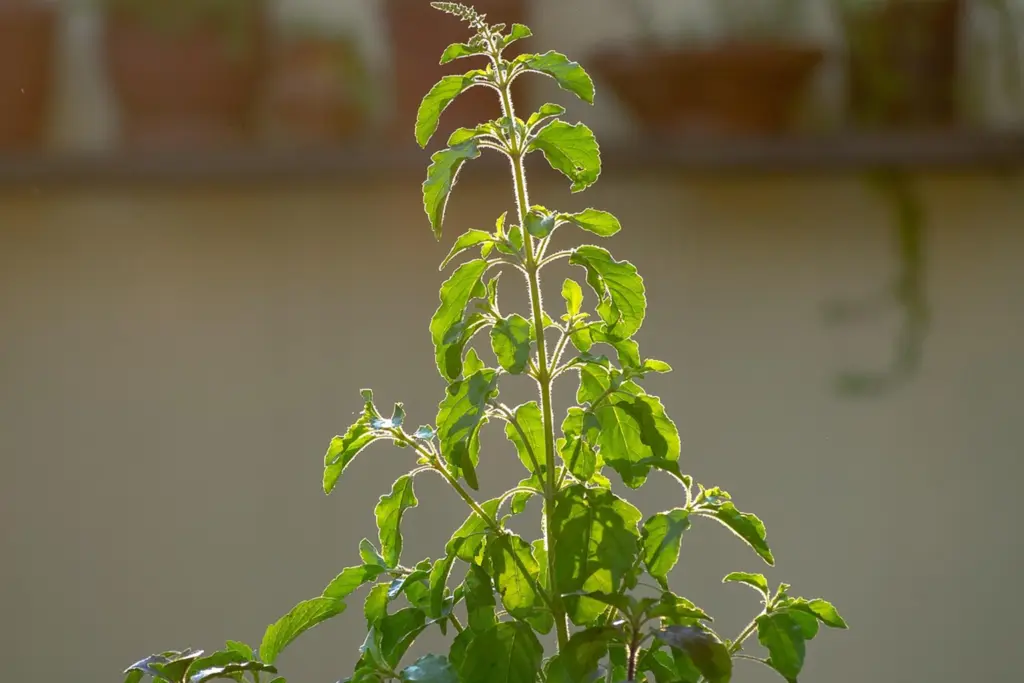
Neem vs. Tulsi: When it comes to natural skin care, Ayurveda offers some of the most powerful remedies. Two herbs that are often praised for their skin benefits are neem and Tulsi. Both have been used in India for centuries for their healing, purifying, and soothing properties. If you’re wondering which is better for your skin, you’re not alone; the answer depends on your skin’s needs.
Neem, the bitter herb with healing power:
Often called the “miracle tree”, neem has long been prized in Ayurveda. Nearly every part, i.e. leaf, bark, seed, and oil, offers medicinal benefits. Its naturally bitter profile and potent antibacterial and anti-inflammatory properties make it especially helpful for acne. Neem also reduces pimples, curbs breakouts, and is ideal for oily skin by helping balance sebum production. It can also soothe redness, itching, and rashes.
Also Read | How much water should you drink for glowing skin?
For a simple DIY, crush fresh leaves or mix neem powder with water to form a face pack. You can also spot-treat by diluting neem oil with a carrier oil and dabbing it onto acne-prone areas.
Tulsi, the holy herb of purity:
Tulsi (holy basil) is a revered plant and a powerful herb for both health and skin. It helps combat bacteria, reducing acne-causing germs, and can support healthy circulation for a natural glow. Tulsi also calms insect bites and minor rashes. For a simple treatment, grind fresh leaves with water, or mix with a little honey, and apply as a soothing mask.
Neem vs. Tulsi benefits for skin: Acne, oil control, and glow
| Feature | Neem | Tusli |
| Main property | Strong antibacterial & antifungal | Purifying, anti-inflammatory |
| Best for | Oily, ace-prone, irritated skin | Dull, tired, sensitive skin |
| Controls acne | Excellent | Good |
| Brightens skin | Moderate | Excellent |
| Anti-ageing | Good (antioxidants) | Excellent (antioxidants and circulation boost) |
| Skin infections | Very effective | Mild to moderate effect |
| Everday use | Can be harsh if overused | Gentle for daily use |
DIY Neem and Tulsi face pack that can be made at home:
Here’s a simple home remedy that brings both herbs together:
Ingredients:
- 1 teaspoon of Neem powder (or 1 teaspoon of fresh Neem paste)
- 1 teaspoon of Tulsi powder (or 1 teaspoon of fresh Tulsi paste)
- 2 teaspoons of rose water (or plain water)
- Add a few drops of lemon juice, which is optional for those with oily skin.
Method:
- Mix all ingredients into a smooth paste.
- Apply evenly on your face.
- Leave it on for 15–20 minutes.
- Rinse with cool water.

Tips for using Neem and Tulsi at home:
- Always do a patch test before trying new herbal remedies, especially neem oil, which can be strong.
- Use neem-based treatments 2–3 times a week, not daily, to avoid dryness.
- Tulsi is gentler and can be used more often.
- Combine these herbs with soothing ingredients like aloe vera, honey, or rose water for added benefits.
Neem excels for acne-prone, oily skin thanks to its strong purifying action, while Tulsi shines for radiance, brightness, and gentler care on sensitive skin. If you must choose one, match the herb to your skin type.








